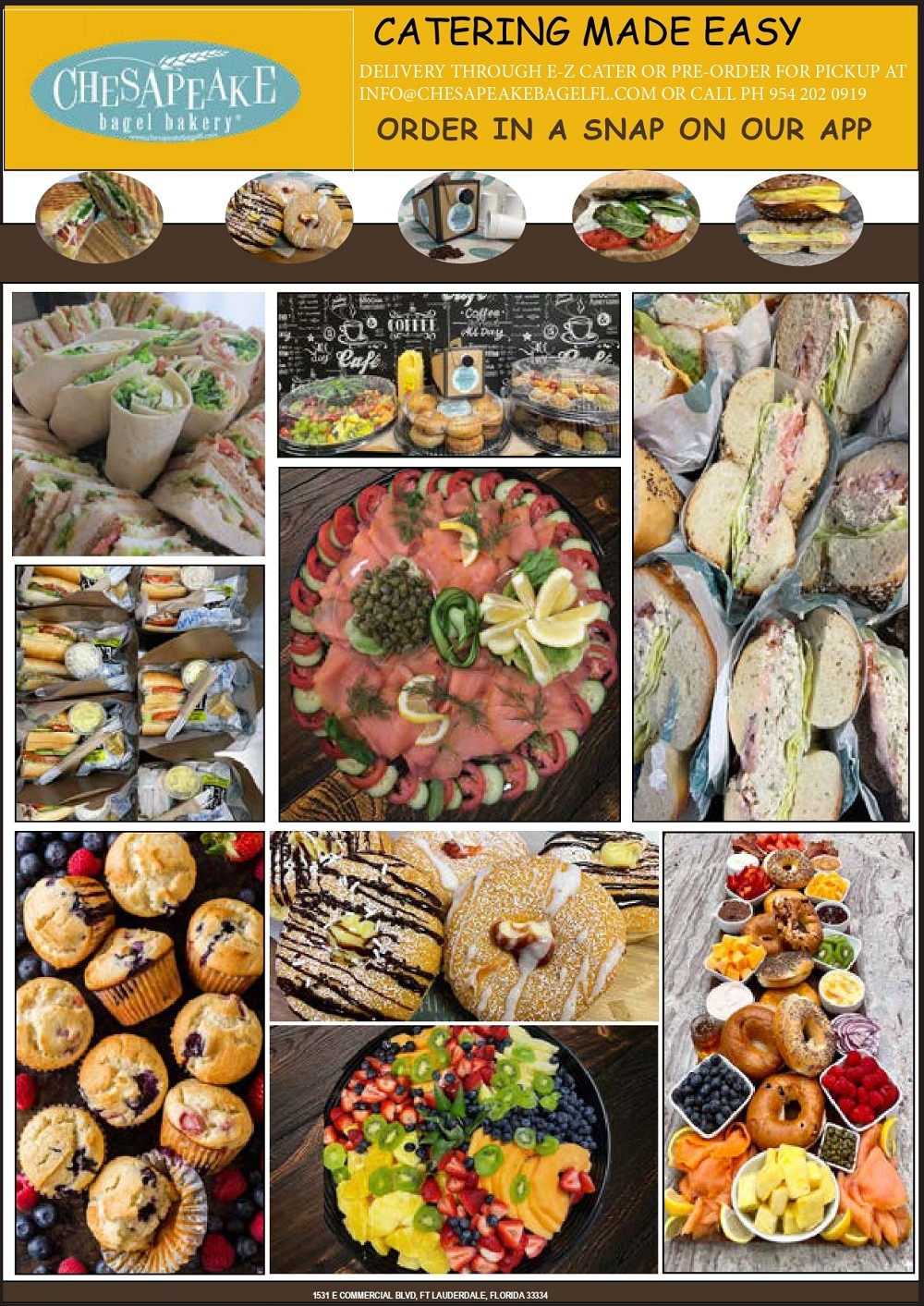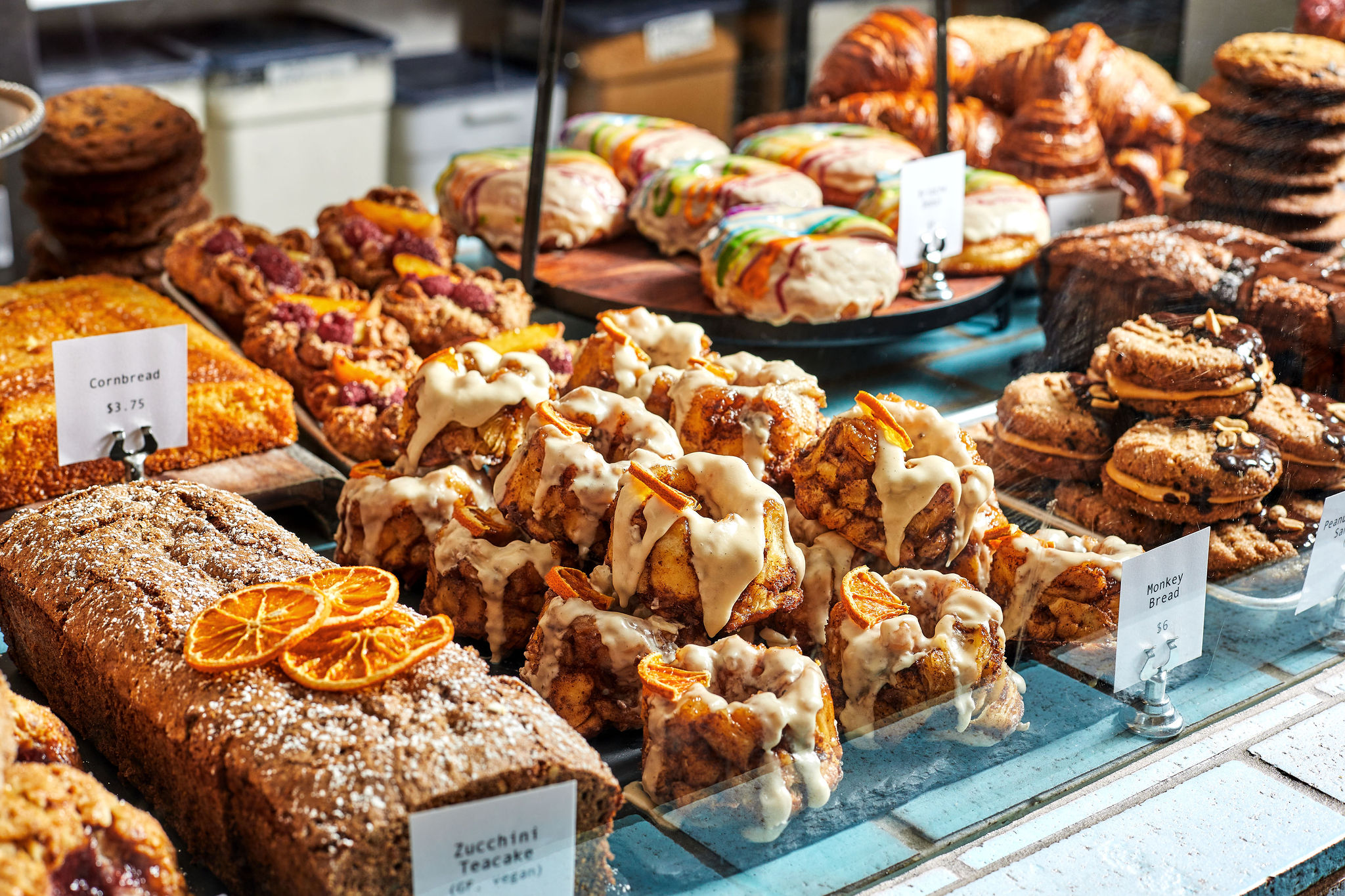Classy Birthday Catering Maddington for an Innovative Touch
Classy Birthday Catering Maddington for an Innovative Touch
Blog Article
Understanding the Art of Bakeshop Products: From Fresh Baked Breads to Irresistible Pastries and Finger Foods
From the science behind the best loaf of bread, where fermentation and gluten development play essential functions, to the finesse required for producing layered breads, each facet discloses a compelling narrative of craftsmanship. The convenience of finger foods highlights just how flavor and appearance can be artfully integrated to engage varied preference choices.
The Scientific Research of Bread Making
At the heart of every loaf of bread lies an interesting interaction of chemistry and biology. The procedure of bread making begins with the combination of flour, water, salt, and yeast-- each component playing a crucial duty in the end product. Flour contains healthy proteins, primarily glutenin and gliadin, which, when blended with water, type gluten (Birthday Catering Maddington). This flexible network is necessary for trapping gases generated during fermentation.
Yeast, a living microorganism, ferments the sugars present in the flour, creating co2 and alcohol in the procedure. The co2 gas produces bubbles in the dough, triggering it to rise and establish a light appearance. The temperature level and moisture during fermentation considerably affect yeast activity and, subsequently, the bread's taste and appearance.

Learning Pastry Methods
Exactly how can one accomplish the delicate equilibrium of texture and flavor that defines outstanding bread? Grasping pastry techniques needs a deep understanding of ingredients, methods, and the scientific research behind them. Essential to this craft is the choice of premium ingredients-- flour, butter, sugar, and eggs-- each playing a crucial role in the end product's flavor and structure.
The technique of lamination, which entails folding layers of dough and butter, creates the wanted flakiness in breads like croissants and puff bread. Precision in temperature level is important, as butter must continue to be cold to ensure optimal layers. Proper blending approaches, such as the creaming technique for cakes, guarantee also unification of air and fat, resulting in a light and airy crumb.
Furthermore, preserving the appropriate moisture degrees during baking can considerably influence the outcome, ensuring that pastries climb appropriately and accomplish that golden-brown surface. The art of pastry also requires persistence and technique; each attempt improves one's skill and understanding of the detailed balance called for to develop alluring pastries that thrill the senses. Proficiency in these techniques inevitably differentiates an experienced pastry chef from an amateur.
Types of Finger Foods
The world of culinary thrills extends past breads to include a large range of finger foods, which are celebrated for their comfort and versatility. These bite-sized treats are excellent for celebrations, using a variety of flavors and structures that satisfy diverse tastes.

On the sweeter side, bite-sized cupcakes and small tarts offer a wonderful coating to any meal, attracting those with a wonderful tooth. Cheese and charcuterie boards offer as an innovative option, enabling guests to tailor their attacks with a selection of meats, fruits, nuts, and cheeses.
Taste Profiles in Cooking
Cooking is an intricate dance of taste accounts that combines sweet, tasty, and umami notes to create an unified experience for the taste buds. More about the author Recognizing these accounts is necessary for bakers looking for to elevate their developments.
Sweet taste usually works as the foundation in baked items, with sugars, fruits, and all-natural sweeteners improving flavor depth. Ingredients such as chocolate and sugar present intricate pleasant notes that can either dominate or enhance various other flavors. Conversely, tasty components, often discovered in breads and pastries, give equilibrium and contrast. Ingredients like cheeses, spices, and natural herbs can change a simple dough into a complex taste experience.
Umami, often ignored in cooking, plays a substantial role in enriching flavors. Active ingredients such as aged cheeses, fermented items, or perhaps particular nuts contribute to a tasty depth that enhances general preference.
In addition, the interplay of level of acidity from ingredients like buttermilk or citrus passion can brighten tastes, providing a revitalizing counterpoint to sweet taste. By thoughtfully integrating these flavor accounts, bakers can craft products that reverberate with varied tastes, producing a remarkable culinary experience. Ultimately, mastering taste profiles is essential to advancement on the planet of baking.
Essential Baking Equipments and Ingredients
Understanding taste profiles in cooking collections the phase for selecting the right tools and active ingredients that assist in the development of outstanding baked products. A reputable set of cooking frying pans-- such as sheet pans, loaf frying pans, and cake pans-- is crucial for attaining preferred shapes and structures.
In regards his response to ingredients, high quality issues considerably. Flour works as the backbone of many recipes; picking the right kind-- be it pastry, all-purpose, or bread flour-- can significantly affect the end result. Sugar not just sweetens yet likewise adds to appearance, while eggs act as binders and leavening agents. Baking powder and cooking soft drink are essential for creating lift in pastries and cakes.
Furthermore, including taste enhancers like vanilla remove, spices, and citrus enthusiasm can boost your developments. By guaranteeing access to these fundamental tools and active ingredients, bakers can with confidence start their culinary trip, crafting a varied range of fascinating baked items.
Verdict
In conclusion, the art of bakeshop items encompasses a profound understanding of both scientific concepts and creative techniques. Proficiency in bread production, bread prep work, and finger food presentation exposes the elaborate relationships in between active ingredients and procedures. In addition, checking out diverse taste profiles enriches the baking experience, while vital tools and components give the foundation for success. Eventually, the captivating world of cooking grows on the unified interplay of science and creative thinking, resulting in a myriad of delightful cooking productions.
How can one achieve the fragile equilibrium of structure and flavor that specifies phenomenal bread? Essential to this craft is more info here the option of top notch active ingredients-- flour, butter, sugar, and eggs-- each playing a crucial function in the last product's flavor and structure.

Comprehending taste profiles in cooking sets the phase for selecting the right devices and active ingredients that help with the production of remarkable baked goods. Exploring varied taste profiles improves the baking experience, while essential tools and components provide the structure for success.
Report this page